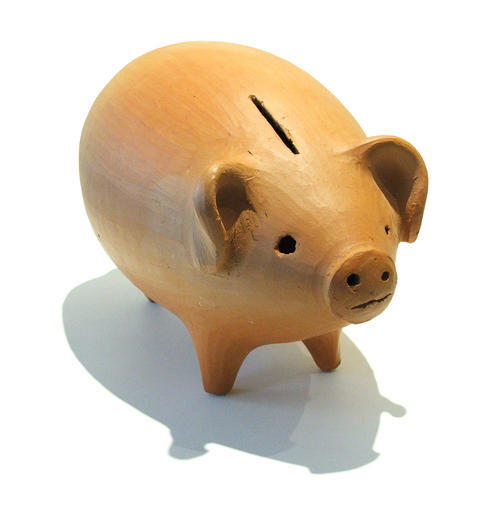Art as an Investment

There are many ways of looking at art as an investment. My favourite is the investment on an emotional and spiritual level that one makes when bringing a new artwork into your home and life and the returns in pleasure and satisfaction that you derive from that piece over the years, as you become like old friends.
What most people want to know about though is the economic side of investing in art.
What makes for a good investment? You spend a certain amount and hope for a return which is greater than your initial outlay: the greater the return, the better the investment. Simple enough, so what is the problem? I think Benjamin Franklin hit the nail on the head when he said "An investment in knowledge pays the best interest".
When you decide to invest a lot or even a little in art, take the time to learn about what it is you are investing in; knowledge is power. Remember that even expert advice cannot substitute your own enquiry into the matter. Most experts, whether self proclaimed or publicly lauded, express opinion usually with the motive of swaying the potential buyer to their way of thinking and towards their products.
Two types of art worth investing in:
Old Masters
Newspaper headlines abound proclaiming the huge amounts that works by old masters such as Pierneef and Irma Stern go for on auction. Naturally one is excited by these results which, when combined with the stamp of approval by well known leading experts in the field, can lead one to believe that these works by usually already deceased artists are the acme of art investment.
Consider however that the auction result that is being headlined is normally a new record, and that not all the paintings by that artist, in fact very few, are going to receive the same interest from bidders. Most of the time, investing in a work by an old master is like buying gold Rands: a good way of storing one's money at a (usually but not always) inflation beating rate of interest.
When a well known and popular artist passes away there is a surge of activity around his works, prices soar and people scramble to collect what they rightfully believe is a commodity that is about to become scarce. This is a good time to sell. Prices soon stabilise, the value of the artworks hits the highpoint of an extreme growth scale and will hopefully continue to mature in value at a more or less constant annual rate. This art piece has now become a good vessel to store one's capital in. Unless of course; and this goes without saying, one can achieve the art works at a really good price below market value.
Up-and-Coming Artists
Once while on a trip to the Ghanzi district of Botswana, I enjoyed the wonderful Boere hospitality of a family who invited me, a complete stranger, to overnight on their farm. While sitting down to dinner I noticed a painting hanging on the dining room wall and asked my hostess about it. She explained that she had bought it many long years before from the artist in Capetown, for the princely sum of R120. She must have noticed my response for she asked me if I knew of the painter. I told her that I most certainly did know of Gregoire Boonzaier and that an oil paintings of that size had a market value of around R90 000 (This was a few years ago, the value would be closer to R120 000 now).
This anecdote brings me to the second type of art worth investing in; art by up and coming or already recognised contemporary* artists.
Up-and-coming artists are not necessarily completely unknown. Sometimes they have been around for years, quietly plodding away, working on developing their style and paying the dues that go hand in hand with becoming a good artist. They are creating work that is good, sought after purely for its aesthetic appeal and are exposing their work to the public. They are creating a large enough body of work for a wider market to experience it. And, most importantly, due to a combination of these factors, they have the potential to make do very well.
These artists are usually wonderfully affordable and they carry the potential for a huge growth in investment for the simple reason that they are far from reaching their monetary highpoint.
Already recognised artists are up-and-coming artists that have paid their dues and are enjoying the success of their labours. Their works cost more, but the investment value is more of a surety.
To further illustrate the point of buying from up-and-coming artists: Imagine being able to jump in a time-machine and buy paintings from a young Adriaan Boshoff or Errol Boyley. A far better investment than waiting until the painter has moved on to higher places; and his paintings to higher prices.
In conclusion, buy a painting because you like it. If purely for investment, store your capital in old masters if you wish, or really cash in by building an art portfolio made up of numerous up-and-coming artists with the potential for great things.
And remember, just because it says investment does not mean it is. Do your homework.
*The word contemporary in this instant is used in its denotative form and not the corrupt connotative form which is so often bandied about in the art world.
This article was contributed by Pharos; an art seller on Bob Shop. You can see Pharos' listed items in the art section.

